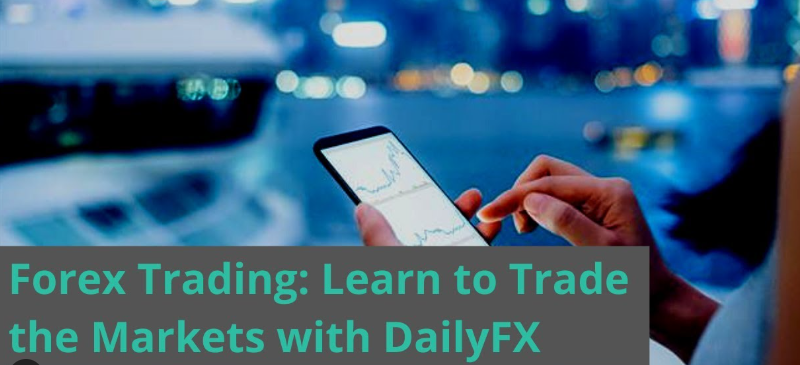
In our first lesson, we touched on nuances of the FX market. The pairing convention, the way that currency pairs are priced and we even started to look at drivers in the FX market (interest rates). In this lesson, we’ll take that discussion of drivers to the next logical place and look at what goes into currency price movements.
Interest rates are a big driver of FX prices, and there’s a reason for it: profit potential. When trading a currency pair, a trader can gain or pay interest based on the rates in the economies represented in that quote. Let’s say, for instance, that the ECB had bank rates of 3% (completely made up) while the Fed was at .25%.
This would mean that a trader or investor holding a long Euro position would be able to earn rollover, or swap payments by being long the currency pair at session close. The amount earned would be based on the interest rate differential, so the higher the difference in rates, the larger the amount.
This can also work against the trader – because if the investor was short EUR/USD using the hypothetical amounts listed earlier, then they’d have to pay rollover because they’d bought the lower-yielding currency, while selling it with the higher-yielding.
This is called rollover, and it’s a key force because the simple prognostication that rates may go up/down can bring buyers or sellers into the market to try to get that new higher/lower rate.
Learn more about Forex Rollover
This leads into our first discussion on strategy in the FX market, as rate divergence can drive a strategy called ‘the carry trade.’ This is a very popular strategy at times in which investors try to get long higher-yielding currencies while going short lower-yielding currencies. With other investors similarly trying to buy higher-yielding currencies, this can help to potentially create bullish trends that could last for extended periods of time, similar to AUD/USD from 2009-2011 or USD/JPY from 2012-2015.
Learn About the Carry Trade Strategy
The carry trade strategy has historically been a popular strategy for long-term traders in the Forex market. It has been somewhat complicated, however, by the widespread employment of ZIRP (Zero Interest Rate Policy) or Negative Interest Rate (NIRP)-like policies employed by many of the world’s largest Central Banks. As of this writing, it may not be as popular as it was 10 or 15 years ago.
There are several other strategies that traders use. They are often based on some combination of fundamental and/or technical analysis. There’s not really one ‘perfect’ mix of incorporation for the two fields of study and if you ask ten traders about their approach, you’ll likely get at least eight different answers for how they balance this continuous flow of information. Our article below examining and comparing these two very different mechanisms for analyzing FX prices is a great place to get started.
Technical v/s Fundamental Analysis
To test out these approaches, attempt to set up carry trades by investigating interest rate differentials and rollover amounts on your FX platform of choice. Most platforms include this information and it can be helpful when attempting to set up carry trades
To further work on your analysis, visit DailyFX webinars that take place each week. There’s often a combination of fundamental and technical analysis being used. The key is to see how an analyst is able to balance their approach by using both, in various ways.







